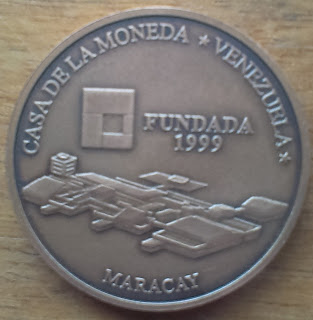Poland 5 Zlotych 2016 - 250th Anniversary of the Foundation of the Warsaw Mint
Nominal Valuce
|
Metal
|
Weight
|
Diametr
|
Mintage Year
|
5 Zlotych
|
Silver
|
28.28 g
|
40 mm
|
20 000 2016
|
Currency reform in 1765, made by King Stanislaw August Poniatowski as an attempt to rescue the impoverished economy has become the reason for the opening of the Warsaw Mint, The coins were minted 250 years ago - 10 February 1766 year. The coins and medals was made of gold, silver and copper.Their high artistry assured the court medalist - Jan Filip Holzhausser.
 The partitions of Poland end in 1795 all activities of Stanislavian Mint and after fifteen-year break, in the era of the Duchy of Warsaw, it opens its doors again with a huge number of coins for the purpose of ongoingNapoleonic wars. The coins have coat of arms of the Duchy of Warsaw and a portrait of the ruler - Frederick Augustus. The Treaty of Vienna of 1815 closes this chapter of Warsaw Mint.
The partitions of Poland end in 1795 all activities of Stanislavian Mint and after fifteen-year break, in the era of the Duchy of Warsaw, it opens its doors again with a huge number of coins for the purpose of ongoingNapoleonic wars. The coins have coat of arms of the Duchy of Warsaw and a portrait of the ruler - Frederick Augustus. The Treaty of Vienna of 1815 closes this chapter of Warsaw Mint.
Tsar Alexander I, which formally Polish king, introduces the Polish Kingdom new monetary system, linked to the Empire system. In 1820, in connection with the development of monetary circulation, it is completed a new, imposing building mint, standing next to the old building. After the fall of the November Uprising, in the years 1832-1842, the kingdom mint, mints only bilingual coins - Polish-Russian.Then comes the total Russification and in the years 1842-1867 the mint, mint only Russian copper coins.
In 1907 Warsaw Mint building is demolished, and in its place created the magnificent building of the Bank's Empire.
In 1907 Warsaw Mint building is demolished, and in its place created the magnificent building of the Bank's Empire.
Rebirth of Polish statehood after World War I is combined with the reform and unification of the monetary system of the Republic. In 1924 it is built the new building of the Warsaw Mint Now are mint a whole series of circulation coins and trials, designed by the great Polish medalists. The outbreak of World War II and the Nazi occupation brutally ends this good run of polish mint - occupant allows to strike coins perfunctory and in 1944 blew up the building of mint.
After the war, the building mint is rebuilt, but in 1952, in connection with major needs , is created a new building of the National Mint. Currently operating the Mint of Poland SA is a legacy of 250 years of activity of the Warsaw Mint. In January, 2016 began production in new manufacturing facility in Warsaw













